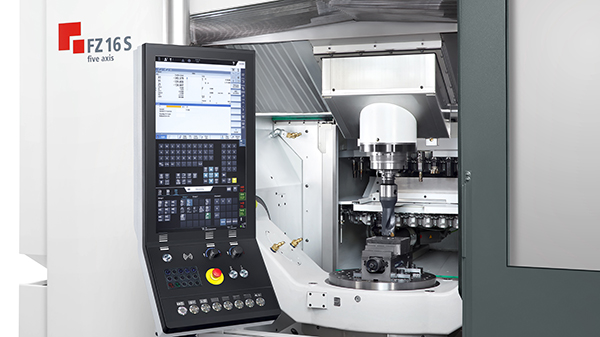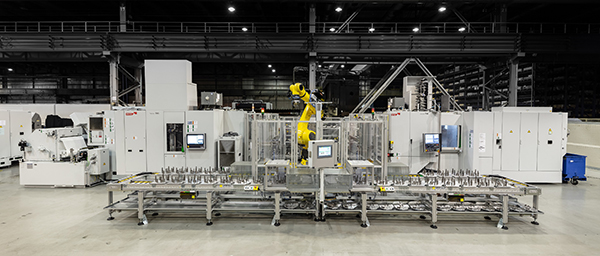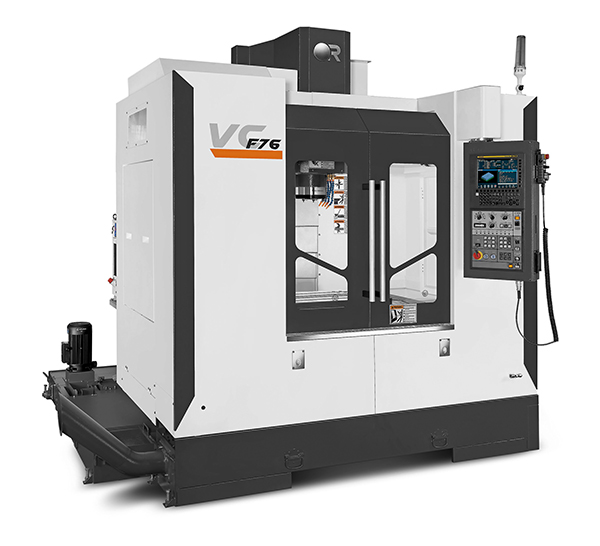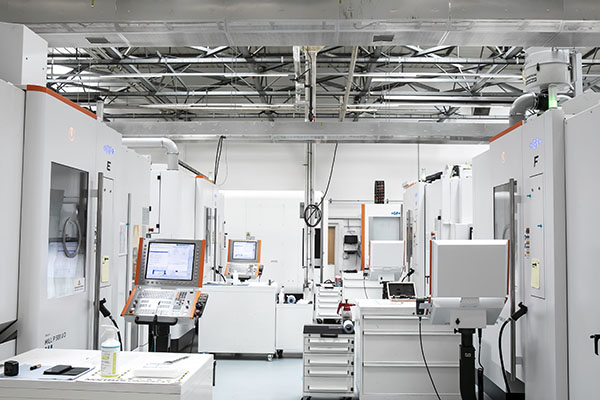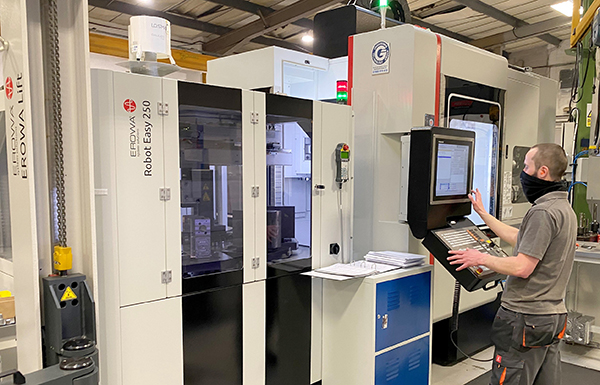
Now available in the UK from the Engineering Technology Group (ETG) is the new Chiron FZ16S five-axis machining centre with HSK-A100 spindle. The main spindle achieves a torque level of 400 Nm and is suitable for machining difficult structural components made from titanium or nickel-based alloys, such as Inconel. The large HSK-A100 interface and the proven moving gantry design, which ensures high static and dynamic rigidity, form the basis for high cutting rates and the machining of deep cavities.
From a specification perspective, the Chiron FZ16S five-axis machining centre provides X, Y and Z-axis travels of 660, 660 and 400 mm respectively, with a 61 kW spindle motor. Optionally available is a high-speed, high-torque 20,000 rpm/200 Nm HSKA63 spindle supplied by a 162 station tool carousel. Chip-to-chip time is 2.5 seconds, while rapid feed rate is 75 m/min.
With regard to flexibility, the Chiron FZ16S five-axis model is available with the VariocellPallet. Suitable for processing small batch sizes more dynamically and flexibly, the VariocellPallet sees various raw parts clamped on a rotary indexing table with up 10 pallets. The handling system supplies raw parts to the machining centre and removes the workpieces together with the pallet following the successful machining process. This capability increases productivity and allows a second pallet to be loaded while processing another pallet. Alternatively, customers can consider the flexible and cost-effective VariocellUno handling robot, workpiece storage and loading/unloading device.
From an Industry 4.0 and digital manufacturing perspective, the Chiron FZ16S five-axis machining centre is available with Chiron’s SmartLine platform for intelligent control, digital networking and mutual machine communication.
For further information
www.engtechgroup.com






